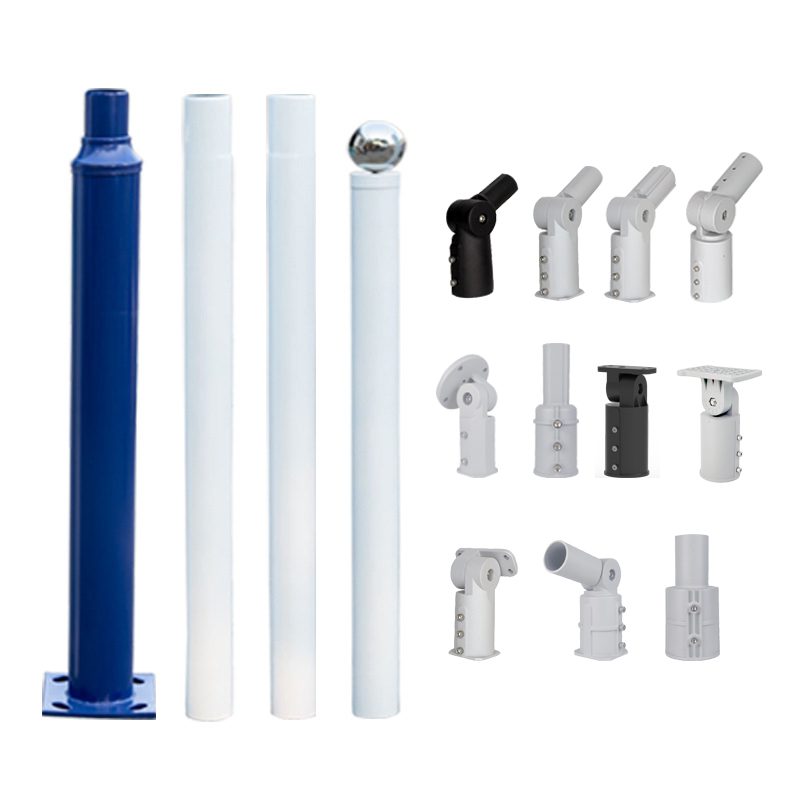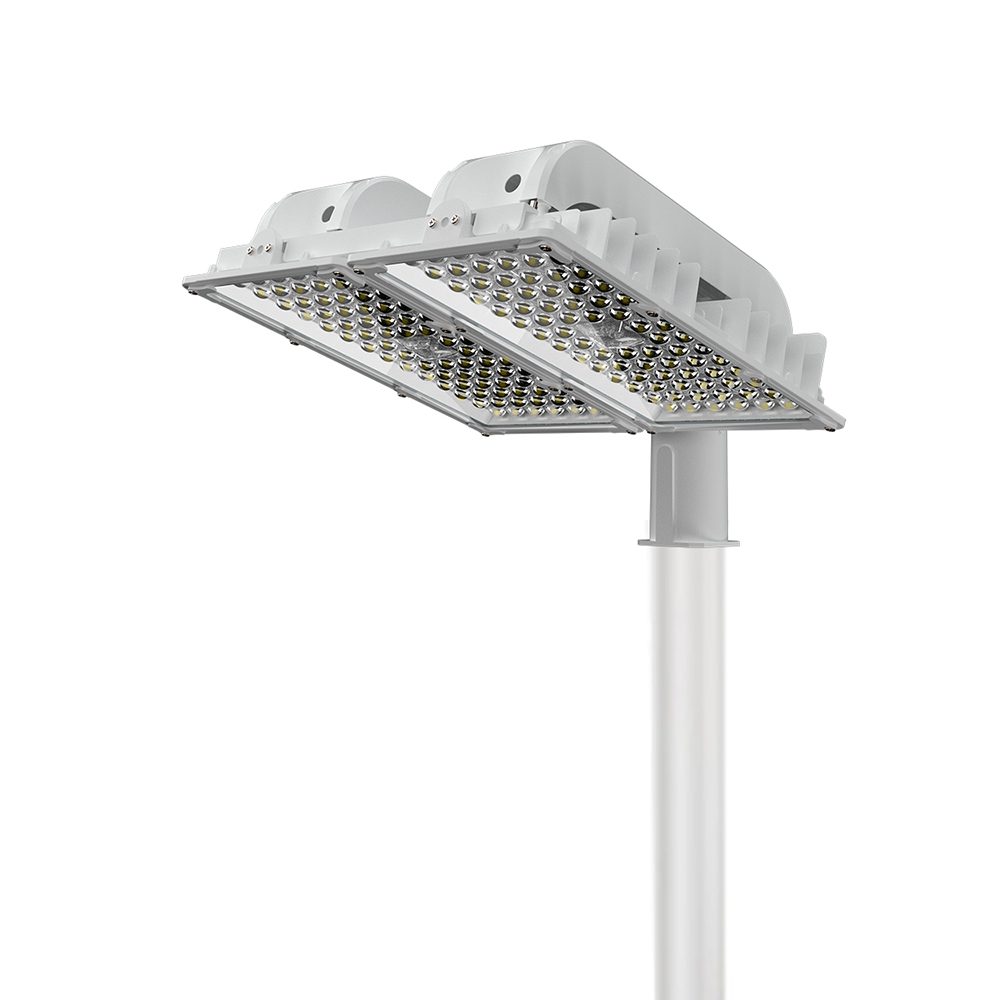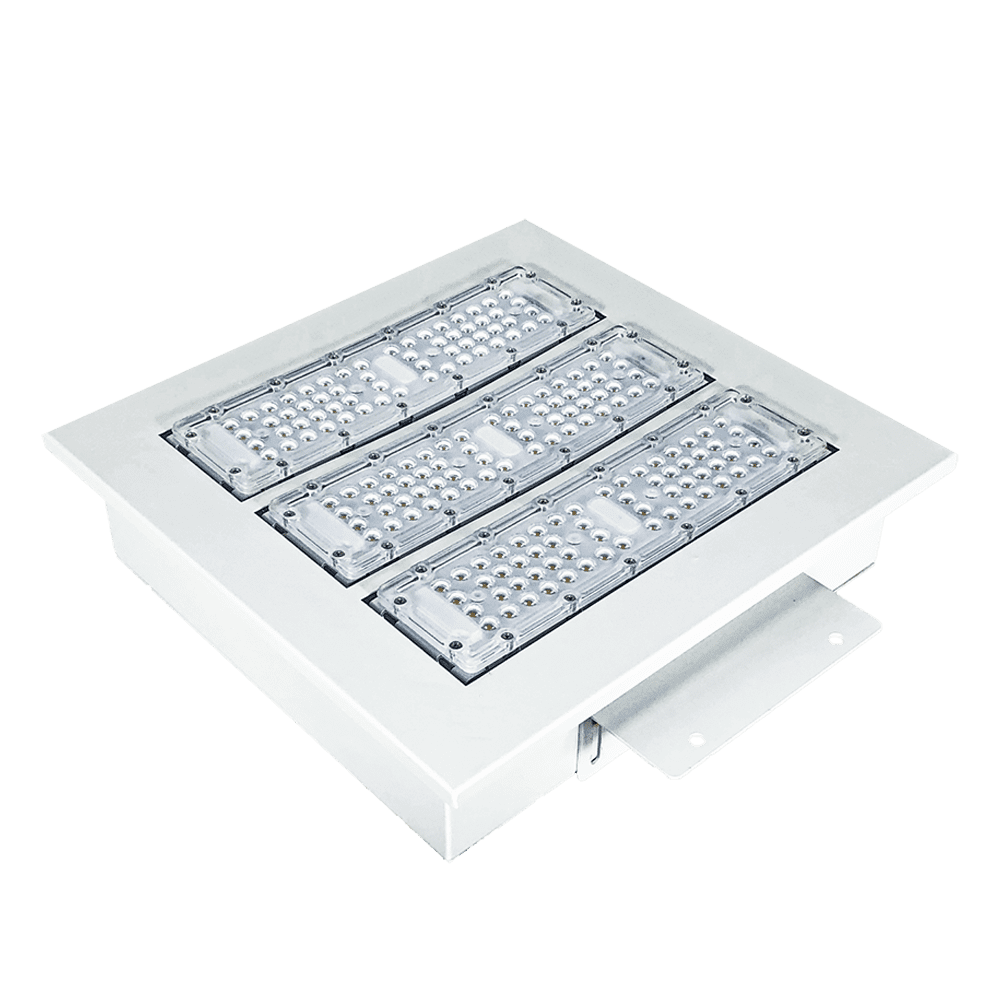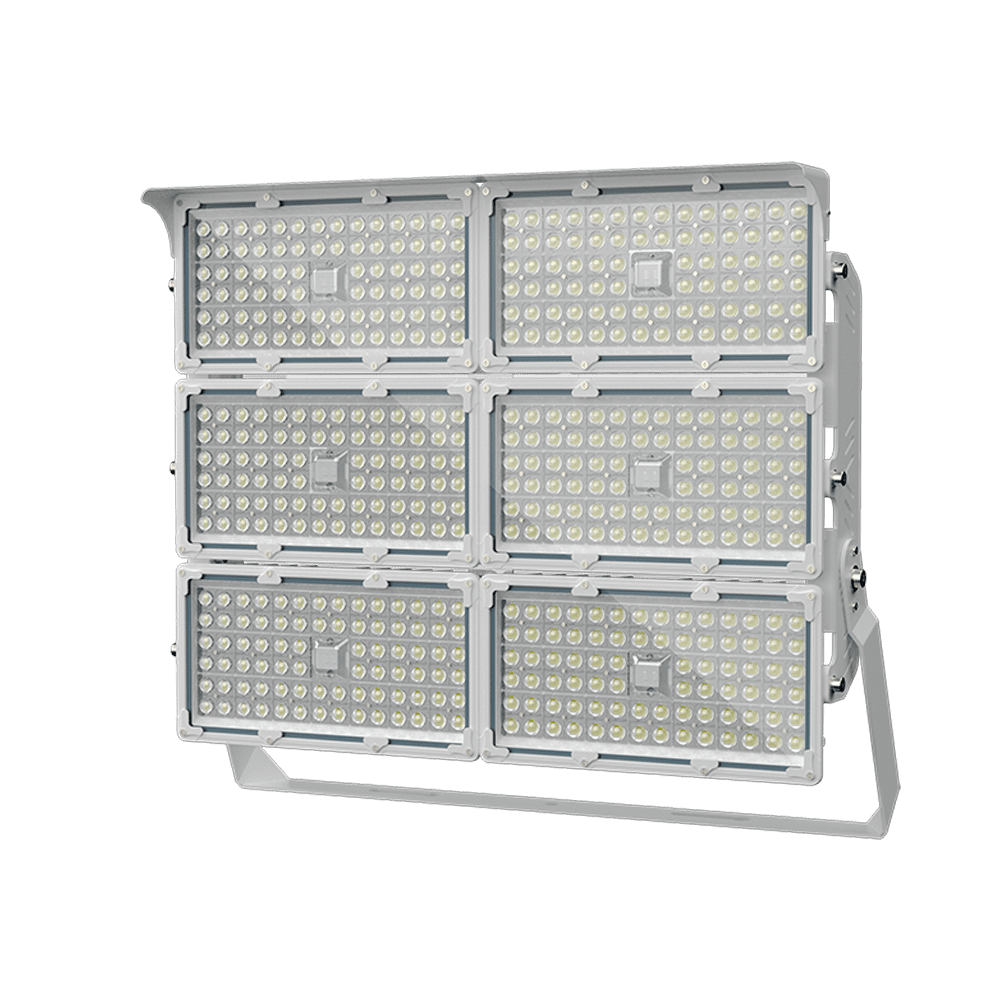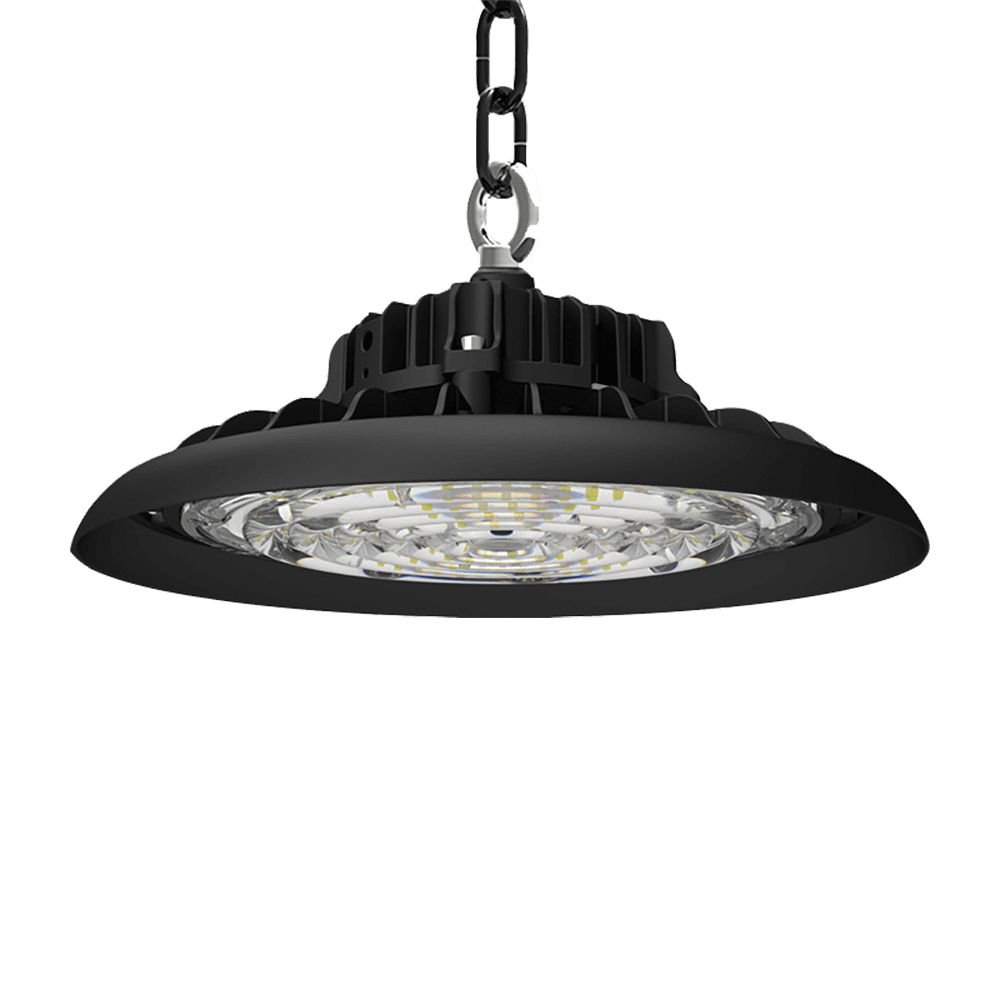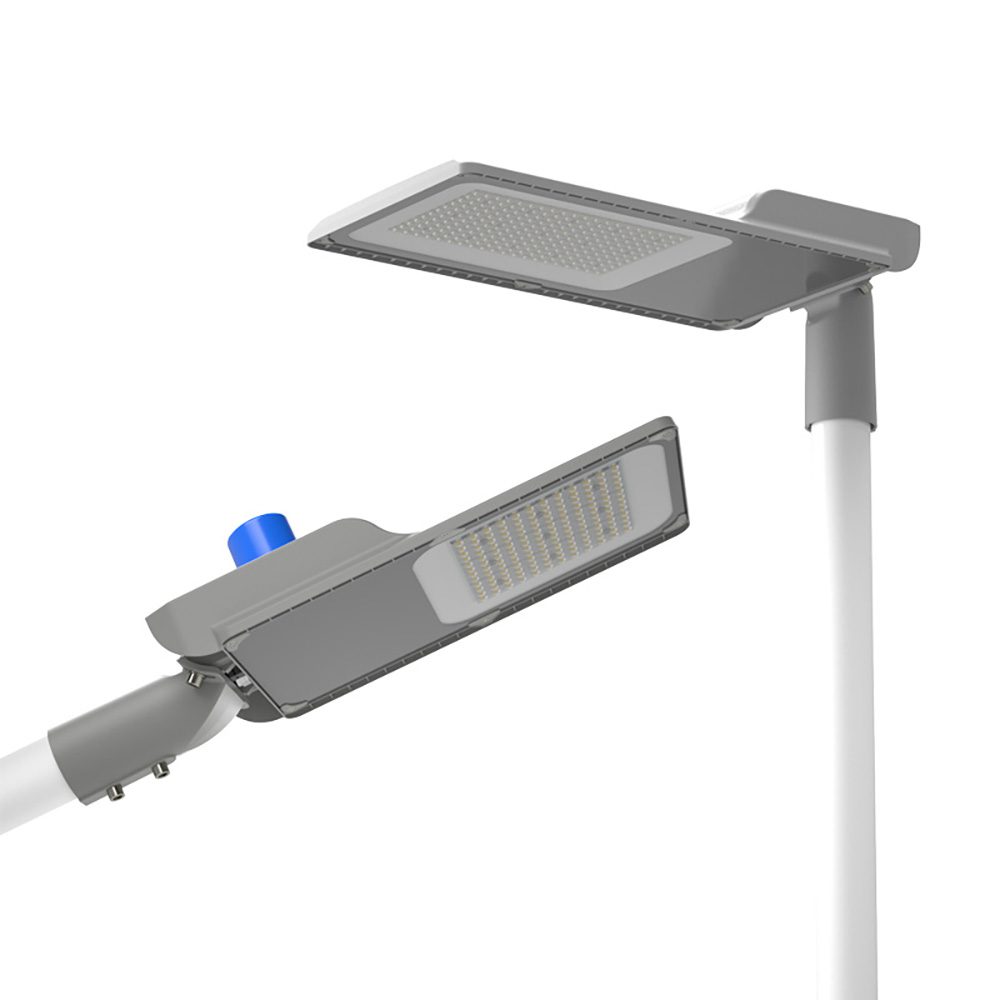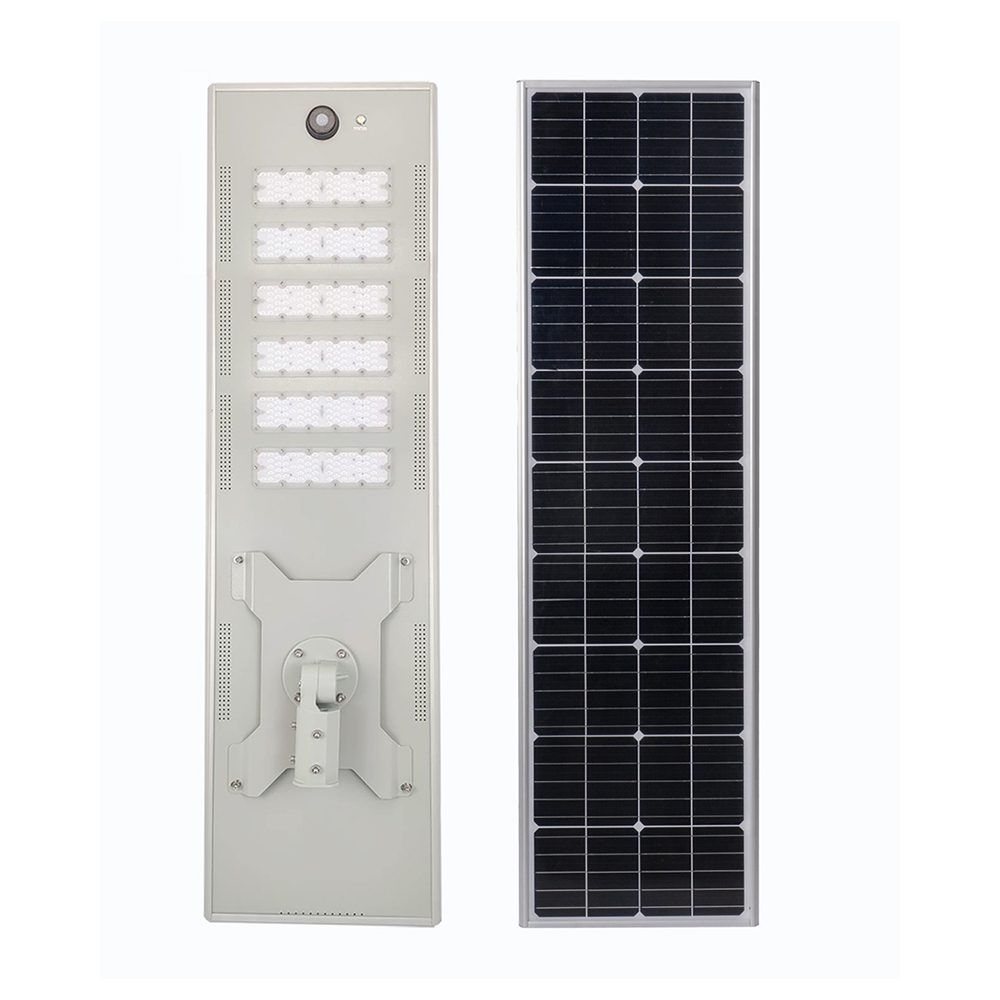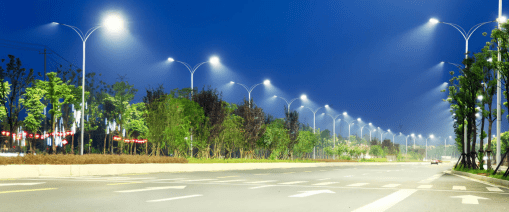As cities and towns increasingly turn to solar street lights for sustainable and energy-efficient lighting solutions, understanding the impact of weather on these systems is crucial. Solar street lights rely on solar panels to harness sunlight for energy, making them inherently sensitive to environmental conditions. This article explores the various ways weather affects solar street lights and offers insights into maintaining their performance.
1.Light Intensity
The most direct impact of weather on solar street lights is through light intensity.
Sunny Days
On bright, sunny days, solar panels can efficiently absorb sunlight, maximizing energy capture. This ensures that the batteries are fully charged during the day, providing ample power for nighttime illumination. The efficiency of solar panels can reach optimal levels, allowing the lights to operate at full brightness.
Cloudy and Rainy Days
Conversely, on cloudy or rainy days, the amount of sunlight reaching the solar panels significantly decreases. This reduction in light intensity leads to lower charging efficiency, which can result in insufficient energy storage. Consequently, the street lights may operate at reduced brightness or may not function at all during the night. For areas with frequent cloudy weather, this can pose a challenge, necessitating alternative energy sources or battery systems with higher capacity.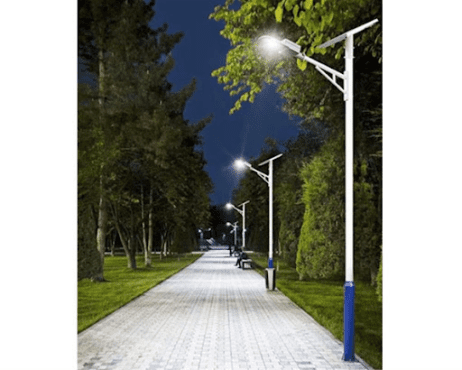
2.Temperature Variations
Temperature also plays a critical role in the performance of solar street lights.
High Temperatures
In extreme heat, some battery types may experience decreased performance. Lithium-ion batteries can be particularly sensitive to high temperatures, which may reduce their charging and discharging efficiency. This can lead to a shorter lifespan and diminished performance over time if the systems are not designed to handle high temperatures.
Low Temperatures
Conversely, low temperatures can slow down the chemical reactions within batteries, particularly in lithium-ion types. This can result in reduced energy output, affecting the overall performance of the solar street lights. In colder climates, solar street light systems may need to be equipped with batteries specifically designed to operate efficiently in low temperatures.
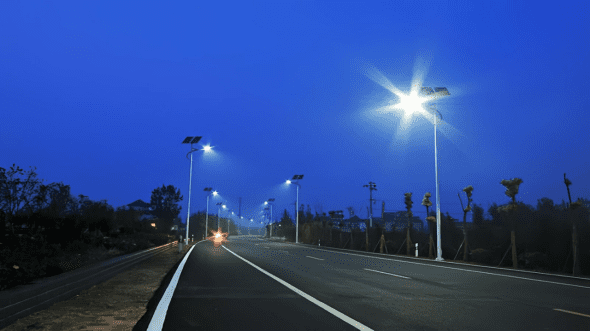
3.Precipitation and Humidity
Rain and humidity can have both direct and indirect effects on solar street lights.
Rainwater and Moisture
While solar street lights are generally designed to be weather-resistant, prolonged exposure to moisture can impact the longevity of electrical components. If water seeps into the battery or circuitry, it can cause short circuits or other malfunctions. Regular maintenance checks are essential to ensure that seals and protective casings are intact.
Humidity
High humidity can also affect the electrical components of solar street lights. Moisture in the air can lead to corrosion, which may compromise the integrity of the wiring and connections, ultimately affecting the performance of the lights.
4.Snow and Ice
In regions that experience snowfall, solar street lights face additional challenges.
Snow Accumulation
If solar panels become covered with snow, their ability to absorb sunlight is severely hampered. This can dramatically decrease the charging efficiency, leading to insufficient energy storage for nighttime use. Regular cleaning of solar panels during winter months is crucial to ensure optimal performance.
Frost
Frost can also form on solar panels, blocking sunlight and reducing energy capture. In colder climates, it may be necessary to implement designs that minimize frost accumulation, such as angled panels or heated surfaces.
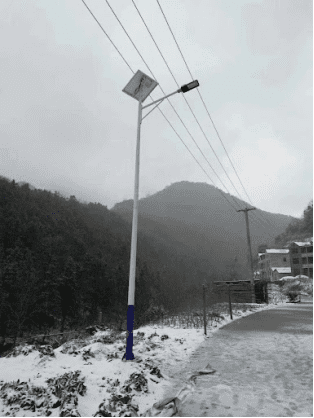
5.Wind Effects
Strong winds can pose physical threats to solar street lights.
Structural Damage
Inadequately designed solar street light systems may suffer damage during storms or high winds. Strong gusts can dislodge solar panels or even topple the entire unit. Therefore, selecting robust materials and secure installation methods is essential for enhancing durability against wind.
Cooling Effect
Interestingly, wind can also have a cooling effect on solar panels, helping to dissipate heat. While this can be beneficial in high-temperature conditions, it can also lead to structural stress if the lights are not designed to withstand fluctuating temperatures.
6.Long-term Implications of Climate Change
The increasing frequency of extreme weather events due to climate change raises further concerns for solar street lights.
Design and Material Considerations
As weather patterns become more unpredictable, solar street light designs must evolve. Systems may need to incorporate more resilient materials and advanced technology to withstand harsher conditions. Regular assessments of local weather patterns can help in making informed decisions about the design and installation of solar street lights.
Weather significantly impacts the performance and longevity of solar street lights. From light intensity and temperature variations to precipitation and wind, various factors can influence how effectively these systems operate. Understanding these impacts is essential for optimizing solar street light design and ensuring reliable performance throughout the year. Regular maintenance and thoughtful planning can help mitigate the effects of adverse weather, ultimately enhancing the sustainability and efficiency of solar street lighting solutions.

